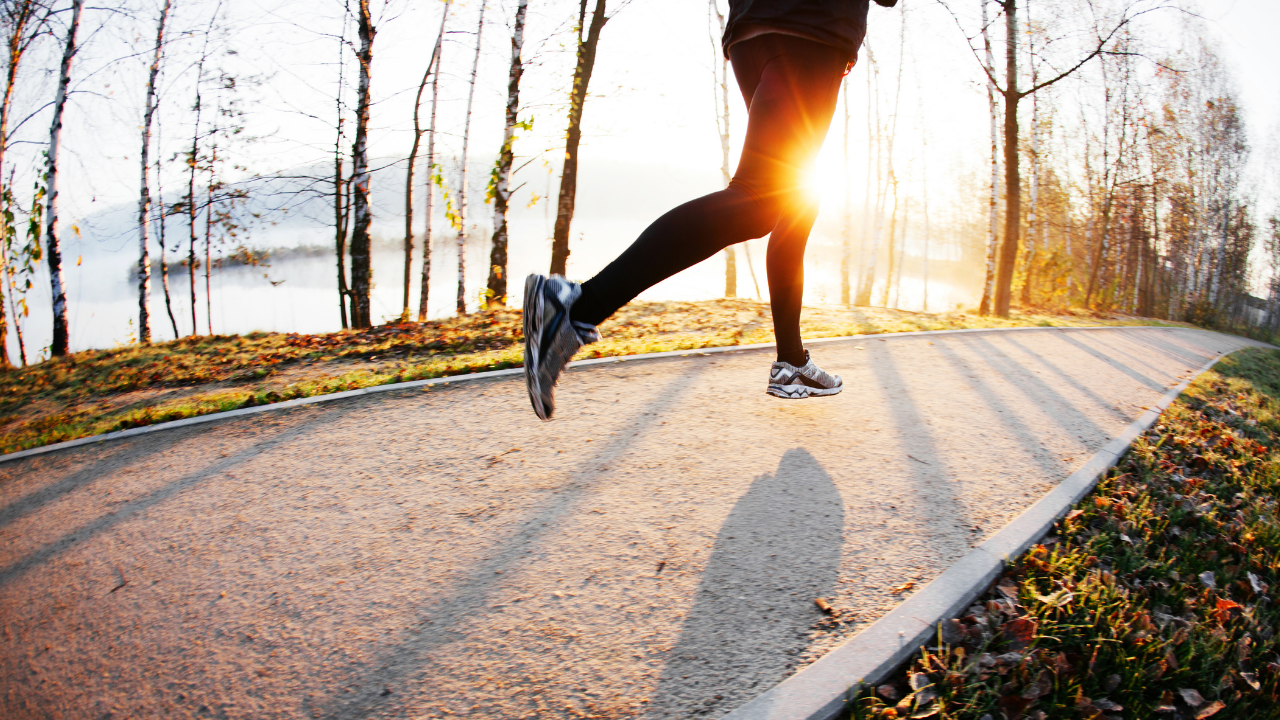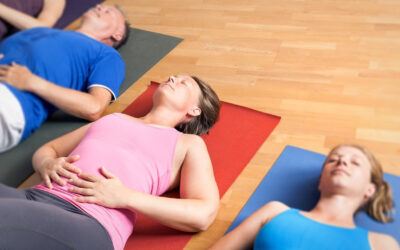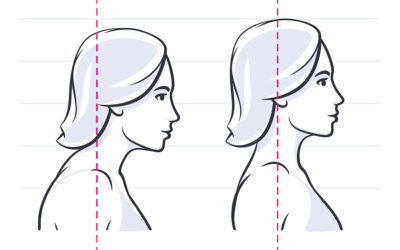In my ongoing quest to learn more about posture, injuries, and pain I began experimenting with the Alexander Technique (AT). What attracted me to this process is that AT develops awareness about moving and using the body efficiently during everyday activities – sitting, standing, walking, etc. Practicing it does not require additional time and exercises, only a willingness to focus on proper body position and utilization while doing whatever I do.
AT is best experienced through interaction with a teacher because our body feedback is not always accurate. Often what feels “normal” is not correct and may actually be detrimental. The problem is that our bodily sensations or proprioception is flawed. Missy Vineyard, master AT teacher, describes bodily sensation as our sixth sense. Receptors in our body send messages to our brain, which create feelings that, support or challenge our beliefs and direct our actions and decisions.
Sensory Receptors – Brain – Feelings – Beliefs – Actions – Decisions
Consider this progression when trying to move in a new way. If I am not accurately sensing my body in space the first step in this chain is going to be incorrect leading me to the wrong decision. Therefore, it is easy to understand why habits are so hard to break. When the new sensation conflicts with how we think something should feel we believe we are doing it wrong and consequently we decide to revert back to our prior movement patterns. It can also be the case that what we perceive as better movement is accentuating the problem we are trying to fix.
Through a couple of sessions with a teacher I gained skills that I continue to utilize in my daily activities and workouts. I have found these skills particularly helpful while running. Here are some of the AT tips I’ve implemented to improve my running technique.
Foot Placement
Land on the forefoot not the heel with the foot under your body. If the heel hits first or the foot is in front of the body the breaks are on slowing you down. The foot should point straight ahead, not flared in or out.
Quick, Small Steps
When running think of the game hot potato where you want to have your foot in contact with the ground for the least amount of time possible. Anticipating the ground and not waiting for the foot to make contact will increase reaction time and conserve the spring in your stride. Additionally, try to make as little noise as you can while running.
Release the Joints
Release the ankles to allow the knees to bend and the leg to swing through easily. Keep the shoulders free with the arms moving directly forward and back with the wrists tone.
Forward and Up Posture
A fundamental principle of AT is the interconnection of the head, neck, and back – referred to as the “primary control of use.” For many of us our tendency is to pull the head back and tense the neck when we move. The running motion is achieved with arm and leg synchronization through spinal rotation of the torso, which is most efficient with a forward and up posture.
New Zealand coach Arthur Lydiard gave an example I’ve found helpful for running posture. Imagine a rope attached to the breastbone pulling you towards the top of a building a block away while also being lifted up from the top of your head by a string. When I practice this posture while running the effort feels easier and more fluid. I also notice less soreness the following day. Although the body sensation is up the direction of travel is forward.
To feel proper running position stand with your back to the wall with your heels ~2” away and let yourself fall back to the wall noticing what part of your body contacts first. Preferred position is reached when your shoulders, back, and butt hit the wall simultaneously and your head is slightly forward.
Eyes Down, Head Up
The head and eyes move independently. Maintain your lengthened head and neck position and only look down with the eyes.
Resources:
Master the Art of Running by Malcolm Balk and Andrew Shields
How You Stand, How You Move, How You Live by Missy Vineyard



